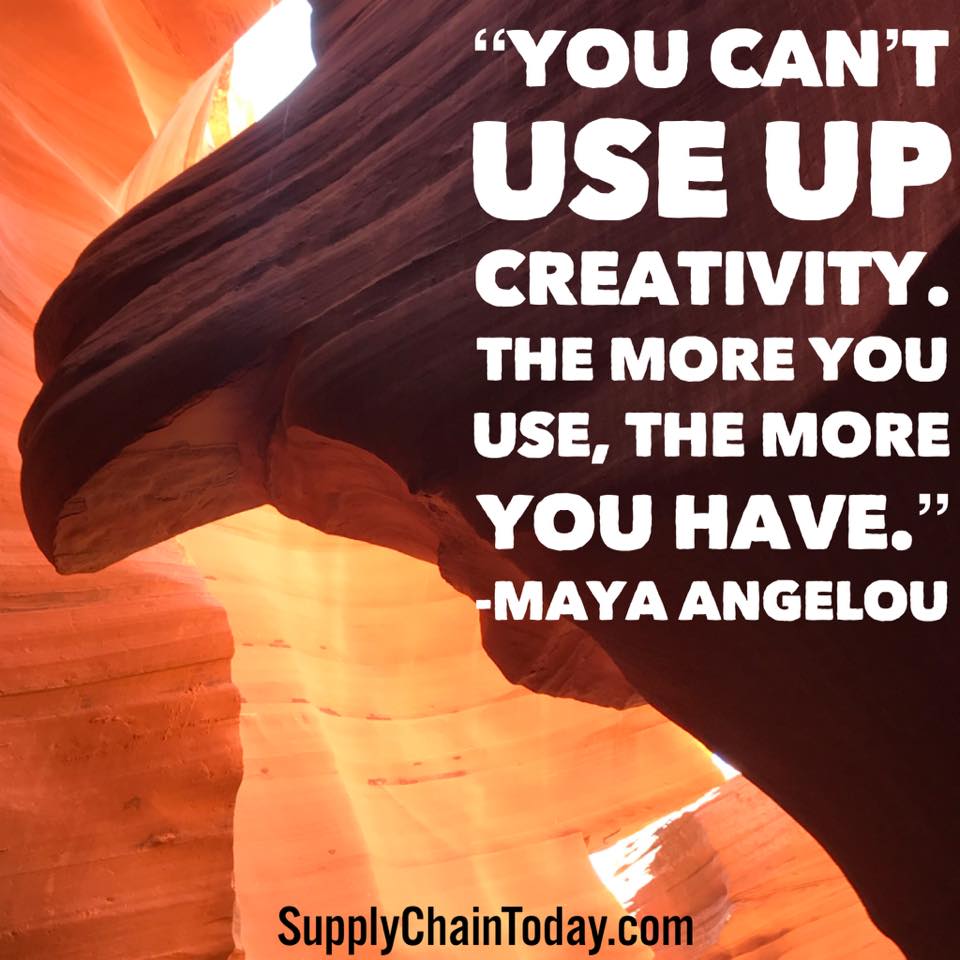History of job safety, 1980 film.
An OSHA film from 1980 showing the history of job safety starting with the industrial revolution to the late 1970s. Interesting to look back and see how safety was seen over 40 years ago. What has changed and what has stayed the same?
This is what we got back when we asked artificial intelligence about the history of job safety:
The history of job safety is a long and complex one, and efforts to improve job safety and health have evolved over time in response to changing economic, social, and technological conditions.
In the early days of the Industrial Revolution, workers were often exposed to hazardous working conditions, with little protection against injuries, illnesses, or deaths. Many workers were injured or killed on the job, and there were few laws or regulations in place to protect them.
As the Industrial Revolution progressed and more people began working in factories and other industrial settings, the need for improved job safety and health became more apparent. In the late 19th and early 20th centuries, a number of organizations and movements emerged to advocate for improved job safety and health, including labor unions and workers’ rights groups. These organizations helped to bring attention to the issue of job safety and to push for the development of laws and regulations to protect workers.
In the 20th century, the U.S. and other countries implemented a number of job safety and health laws and regulations, including the Occupational Safety and Health Act of 1970 in the U.S., which established the Occupational Safety and Health Administration (OSHA) to set and enforce standards for job safety and health. These laws and regulations have helped to significantly improve job safety and health for workers, and have contributed to a reduction in the number of work-related injuries, illnesses, and deaths.
Overall, the history of job safety is one of progress and improvement, as efforts have been made to ensure safe and healthful working conditions for workers and to reduce the incidence of work-related injuries, illnesses, and deaths.
Continuous Improvement and Change Resources
- All About Value Stream Mapping.
- Best Change Quotes.
- Deming’s 14 Points on Total Quality Management – TQM.
- Great Collection of Quotes about the Toyota Production System.
- History of Continuous Improvement & Quality Gurus.
- How to Deal with Change – Who Moved My Cheese?
- How Toyota Changed Manufacturing – Lean Thinking.
- Lean Manufacturing – Lean Factory Tour.
- The Best Continuous Improvement Quotes.
Quotes about Safety and Change
- “An ounce of prevention is worth a pound of cure.” ~Benjamin Franklin
- “It takes leadership to improve safety.” ~Jackie Stewart
- “It is my sincere wish and hope that the day will come when the protecting arms of Universal Safety will spread out over all industry and reach all the millions of workers who make industry possible.” ~Charles M. Schwab, steel magnate born in 1862
- “At the end of the day, the goals are simple: Safety and security.” ~Jodi Rell, former Governor of Connecticut
- “Change does not roll in on the wheels of inevitability, but comes through continuous struggle. And so we must straighten our backs and work for our freedom. A man can’t ride you unless your back is bent.” ~Martin Luther King, Jr.
- “The history of job safety shows there are always ways to be better.” ~Dave Waters
- “It is change, continuing change, inevitable change, that is the dominant factor in society today. No sensible decision can be made any longer without taking into account not only the world as it is, but the world as it will be.” ~Isaac Asimov
- “Change before you have to.” ~Jack Welch
- “Safety applies with equal force to the individual, to the family, to the employer, to the state, the nation and to international affairs. Safety, in its widest sense, concerns the happiness, contentment and freedom of mankind.” ~William M. Jeffers, former President, Union Pacific Railroad Co. (1946)
- “A fanatic is one who can’t change his mind and won’t change the subject.” ~Winston Churchill
- “They were willing to work all the time; and when people did their best, ought they not to be able to keep alive?” ~Upton Sinclair, The Jungle
- “It is essential to have good tools, but it is also essential that the tools should be used in the right way.” ~Wallace D. Wattles
